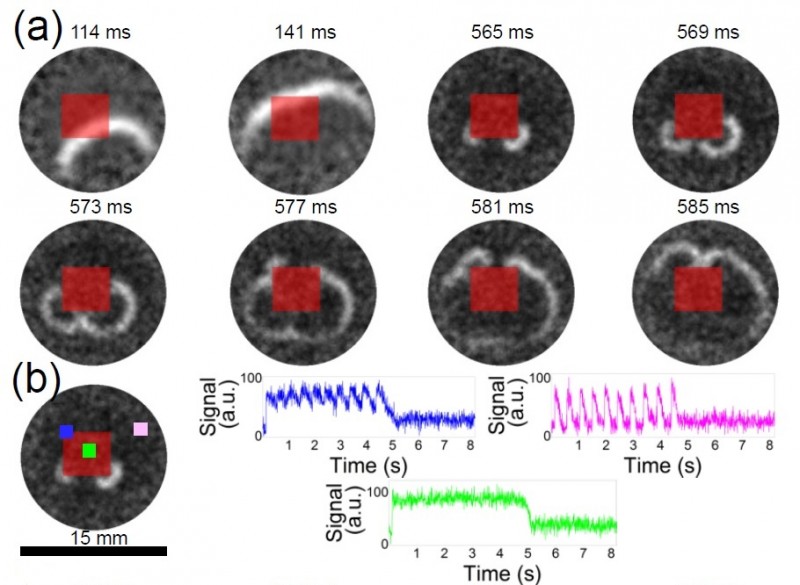
We have published our paper entitled "Paradoxical onset of arrhythmic waves from depolarized areas in cardiac tissue due to curvature-dependent instability" in Physical Reviews X. Sasha Teplenin did an excellent job in exploring the onset of ectopic waves from depolarized areas with different geometries by combining optogenetics with in-depth computer modeling, thereby entering the world of quantum mechanics.
The abstract of our paper reads as follows:
The generation of abnormal excitations in pathological regions of the heart is a main trigger for lethal cardiac arrhythmias. Such abnormal excitations, also called ectopic activity, often arise from areas with local tissue heterogeneity or damage accompanied by localized depolarization. Finding the conditions that lead to ectopy is important to understand the basic biophysical principles underlying arrhythmia initiation and might further refine clinical procedures. In this study, we are the first to address the question of how geometry of the abnormal region affects the onset of ectopy using a combination of experimental, in-silico and theoretical approaches. We paradoxically found that for any studied geometry of the depolarized region in optogenetically modifed monolayers of cardiac cells, primary ectopic excitation originated at areas of maximal curvature of the boundary, where the stimulating electrotonic currents are minimal. It contradicts the standard critical nucleation theory applied to nonlinear waves in reaction-diffusion systems where a higher stimulus is expected to produce excitation more easily. Our in-silico studies reveal that the non-conventional ectopic activity is caused by an oscillatory instability at the boundary of the damaged region, the occurrence of which depends on the curvature of that boundary. The onset of this instability is confirmed using the Schrӧdinger equation methodology proposed by Rinzel and Keener [SIAM J. Appl. Math 43(4), 1983]. Overall, we show distinctively novel insight into how the geometry of a heterogeneous cardiac region determines ectopic activity, which can be used in the future to predict the conditions that can trigger cardiac arrhythmias.
This work was supported by the Netherlands Organization for Scientific Research (NWO Vidi grant 917143).








